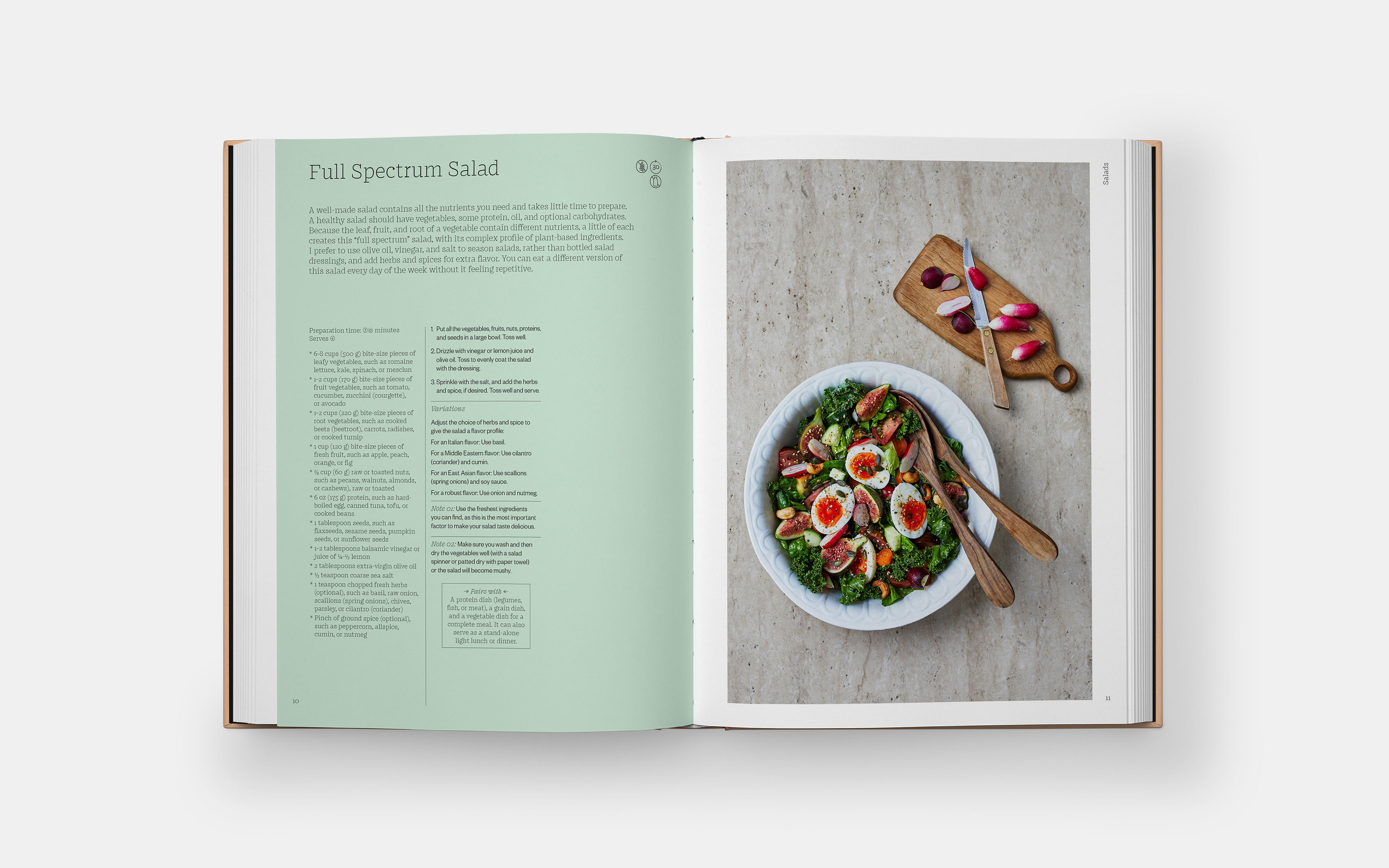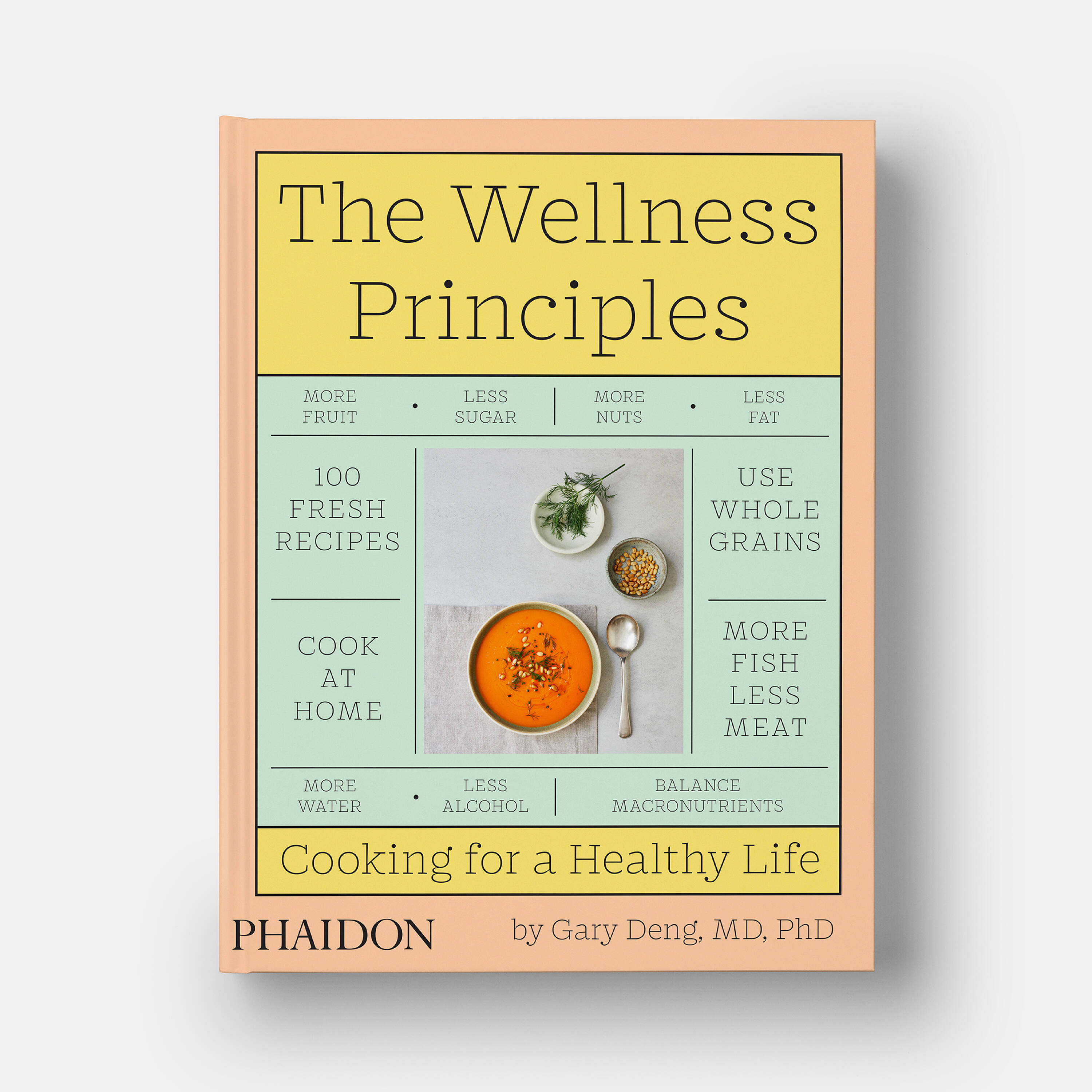
Try these Three Wellness Principles next time you go food shopping
Dr Gary Deng has some great, simple advice for anyone wanting to healthily fill a shopping cart
Gary Deng is the kind of medical professional you'd happily invite to rate the contents of your fridge. Dr Deng is the highly respected Medical Director of Integrative Medicine at Memorial Sloan Kettering Cancer Center, and also a Clinical Professor of Medicine at Weill Cornell Medical College, of Cornell University - both in New York City.
Deng’s debut book, The Wellness Principles: Cooking for a Healthy Life, goes beyond physical examinations, surgical procedures and prescriptions, to look at the deeper causes of good and bad health. It’s partly a cookbook, as Deng is a great nutritionist, and amateur cook, but it also features advice on everything from gut biology to the relative merits of a weekly, five-kilometre run.
He not only includes plenty of great ingredients in his dishes, he also advises readers how to ensure they pick out nutritional foods when carrying out a regular food shop.
Use fresh ingredients, he counsels. “Fresh foods have the most nutrients. As ingredients sit on a shelf or in a refrigerator, they slowly lose nutrients by degradation or evaporation,” explains Deng. “When shopping, go for the freshest ingredients and buy foods in season. Farmers’ markets are good places to shop because the produce is usually harvested the day before. How do we know whether food is fresh or not? Smell it! Fresh produce is very fragrant, and fresh seafood doesn’t have a “fishy” odor. Try smelling a freshly picked apple, tomato, or carrot, then smell the one that has been sitting around on your kitchen table or a supermarket shelf for several days—you will notice the difference.”
Buy a wide variety of ingredients, he also suggests, instead of a large amount of only a few items. “For example, instead of buying lots of lettuce greens and tomatoes, buy a variety of salad greens (kale, spinach, etc.), tomatoes, beets (beetroot), bell peppers, cucumbers, zucchini (courgette), and eggplant (aubergine),” he writes. “Instead of just oats, buy other grains to make hot cereal for breakfast. Shopping this way is not more expensive. It just takes a bit of awareness and planning.”
Finally, don’t be afraid of the frozen aisle. “Keep some frozen fruit and vegetables in your freezer,” Deng recommends. They can sometimes be fresher than ‘fresh’ produce because they were frozen quickly after harvesting instead of sitting in a container truck or in the supermarket produce bins for too long.”

Full Spectrum Salad, from The Wellness Principles
And what are you going to do with all this produce, once you’ve got it home? Try something like Deng’s Full Spectrum Salad. “Because the leaf, fruit, and root of a vegetable contain different nutrients, a little of each creates this “full spectrum”, with its complex profile of plant-based ingredients,” he writes.
To make it (in just 20 minutes!) you’ll need 6–8 cups (500 g) bite-size pieces of leafy vegetables; 1–2 cups (170 g) of bite-size pieces of fruit vegetables, such as tomato, cucumber, zucchini (courgette), or avocado; 1–2 cups (220 g) of bite-size pieces of root vegetables, such as cooked beets (beetroot), carrots, radishes, or cooked turnip; a cup (120 g) bite-size pieces of fresh fruit, such as apple, peach, orange, or fig; ⅓ cup (60 g) raw or toasted nuts, such as pecans, walnuts, almonds, or cashews; 6 oz (175 g) of protein-rich foods, such as hard-boiled eggs, canned tuna, tofu, or cooked beans; a 1 tablespoon seeds, and to dress, 1–2 tablespoons balsamic vinegar or juice of ¼–½ lemon; two tablespoons of extra-virgin olive oil; ½ teaspoon of coarse sea salt; a teaspoon of chopped fresh herbs; and possibly some basil, raw onion, scallions (spring onions), chives, parsley, or cilantro (coriander), and maybe even a pinch of ground spice such as peppercorn, allspice, cumin, or nutmeg.

Dr Gary Deng
For the full recipe, as well as many more health-giving and life-affirming advice, order a copy of The Wellness Principles here.

The Wellness Principles